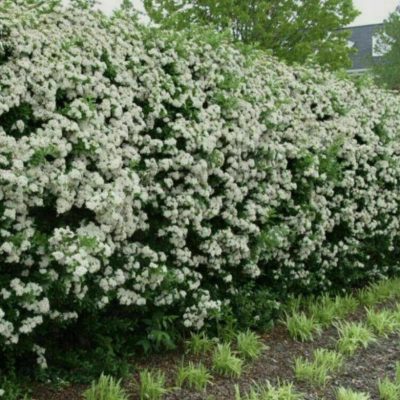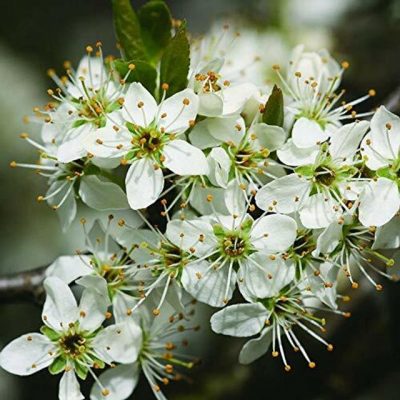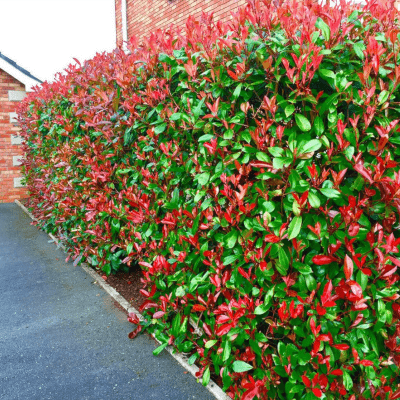Description
Plant Guide:
£21.95 – £249.95Price range: £21.95 through £249.95
Hawthorn (Crataegus monogyna) is the most widely used hedge plant in the UK. Hawthorn has all the virtues you look for in hedging – it is fast growing (hence the name quickthorn), incredibly tough, happy in almost any soil, easy to clip and so dense that even in winter when it is leafless, a well-grown hawthorn hedge is hard to see through. Visually, it provides year-round interest. Masses of simple, white blossom contrast with its dark wood in spring. The glossy green foliage looks good all summer and is then followed in autumn by bunches of bright red haws. And when leaf and berry are gone, the black bark looks startling on a frosty day. Can be grown into a tree or can be used as part of a mixed species within a native hawthorn hedge. New hedgerows should be planted in two staggered rows 30cm apart. We recommend 5 plants per metre.
Plant Guide:





Simply sign up to our customer email and we will send you a code to receive 5% off your first order!